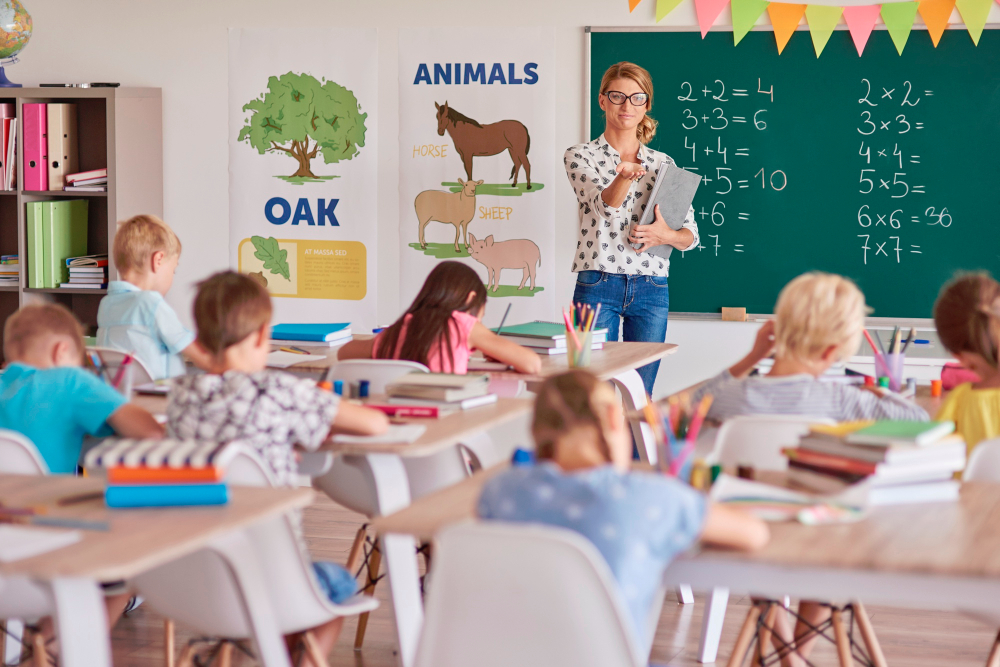I know for me personally, one of the biggest challenges I faced was getting the attention of my students. Especially coming out of a brainstorming session, or a task that the kids were really fired up over. Quieting down a class is a required skill that the teacher needs in order to be effective.
Regardless, how long you have been teaching attention-getting techniques can be a necessary addition to the teacher’s toolbox.
Here are some suggestions to help you get your students’ attention:
- Use a signal for zero noise…if I clap once, I want you all to keep silent and pay attention.
- Wait for several moments until you have every student’s attention.
- Check for comprehension frequently by asking questions.
- Walk around the class to monitor the classroom.
- Teacher proximity helps when you encounter students chatting.
- Vary your voice…whisper and then raise your voice
- Set a clear purpose for listening to a lesson by using visual or audio aids.

I just want to share a few of the Call-and-Responses that I have used over the years in my classroom that worked really well.
- One, two, three…Eyes on me.
- Give me five…Students raise their hands.
- I say Class…Students would respond Class, class
- If you hear my voice, clap once/twice/etc.
- Ready to rock?…Ready to roll!
- Are you listening?…Yes we are
Now just like practicing and modeling your rules and classroom procedures it’s always best to practice your attention signals as well. Explain how your students are supposed to respond to each one and provide ample opportunities for your students to try them out.
Determine which ones they like the best and stick with those. By the same token, you should also practice using nonverbal strategies with your kids, so they learn to pay attention to your visual cues as well. Example: your hand raised…which would be a quiet signal or ringing of a bell/chime or xylophone.
Now, the objective of these signals is obviously to get your students’ attention, but they also provide a means of boosting energy.
In order to keep your students’ focus once you have it, here are some strategies for you to try out.
- I can’t say this enough…Get your students’ up and moving.
- Vary participation structures and scenery…take class outside/etc.
- Implement hands on lessons.
- Use plenty of visuals
- Spend less time talking…that’s why I love the mini-lesson [10-15 minutes of teacher talk.]
- Provide opportunities for cooperative learning activities.
- Provide many opportunities for your students to share out what they think.
- Play music, videos, and other auditory material whenever possible.
If you think about it expecting children to sit quietly for hours every day is really not fair. Even as adults, you need a break every now and then.
An important note here…if you find that your class desperately needs to refocus before you engage them in a lesson or activity, then try a brain break—let them unwind and shake it out before proceeding.
I think you’ll find that the lesson will be much more productive if you let students get “just a little crazy.”









